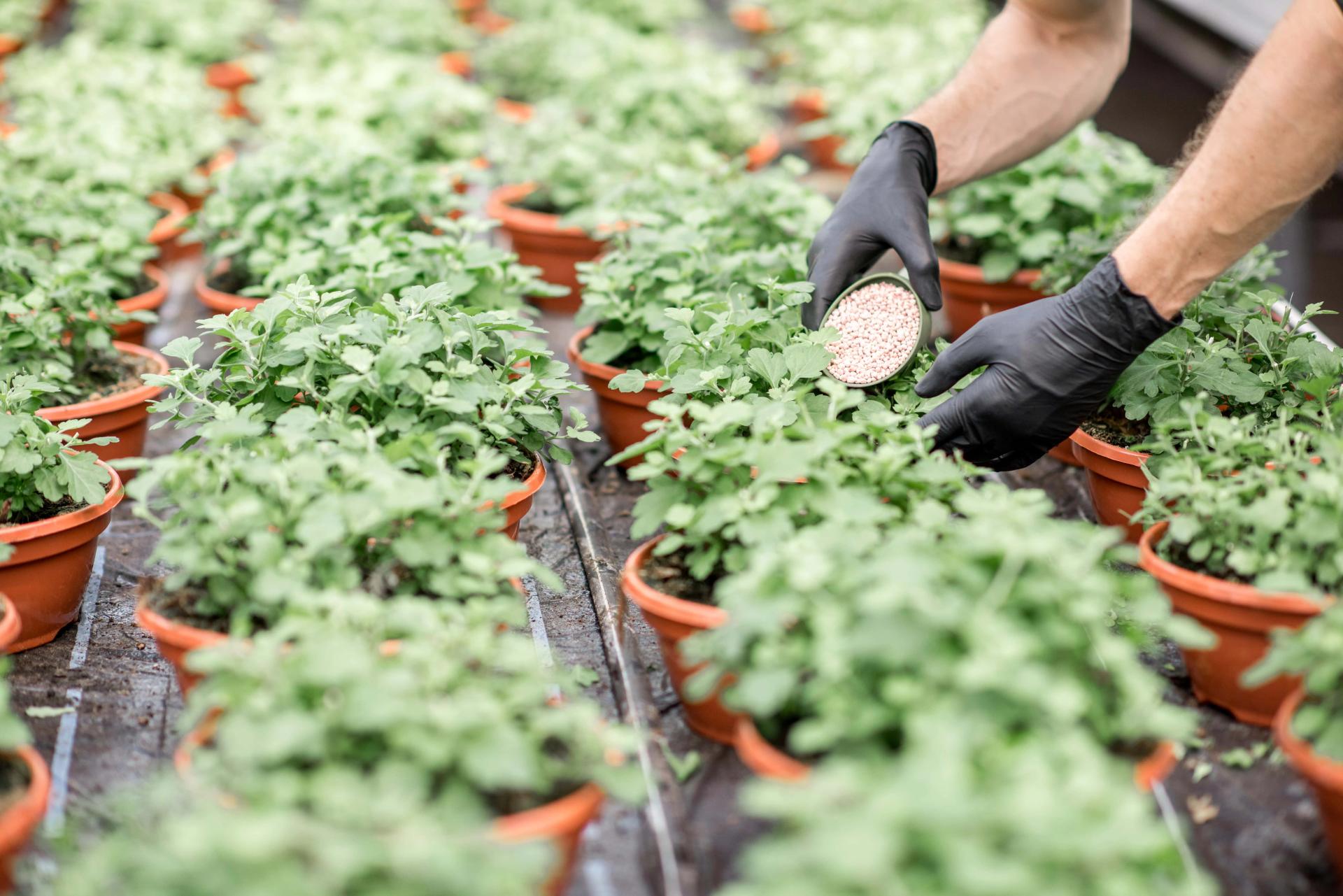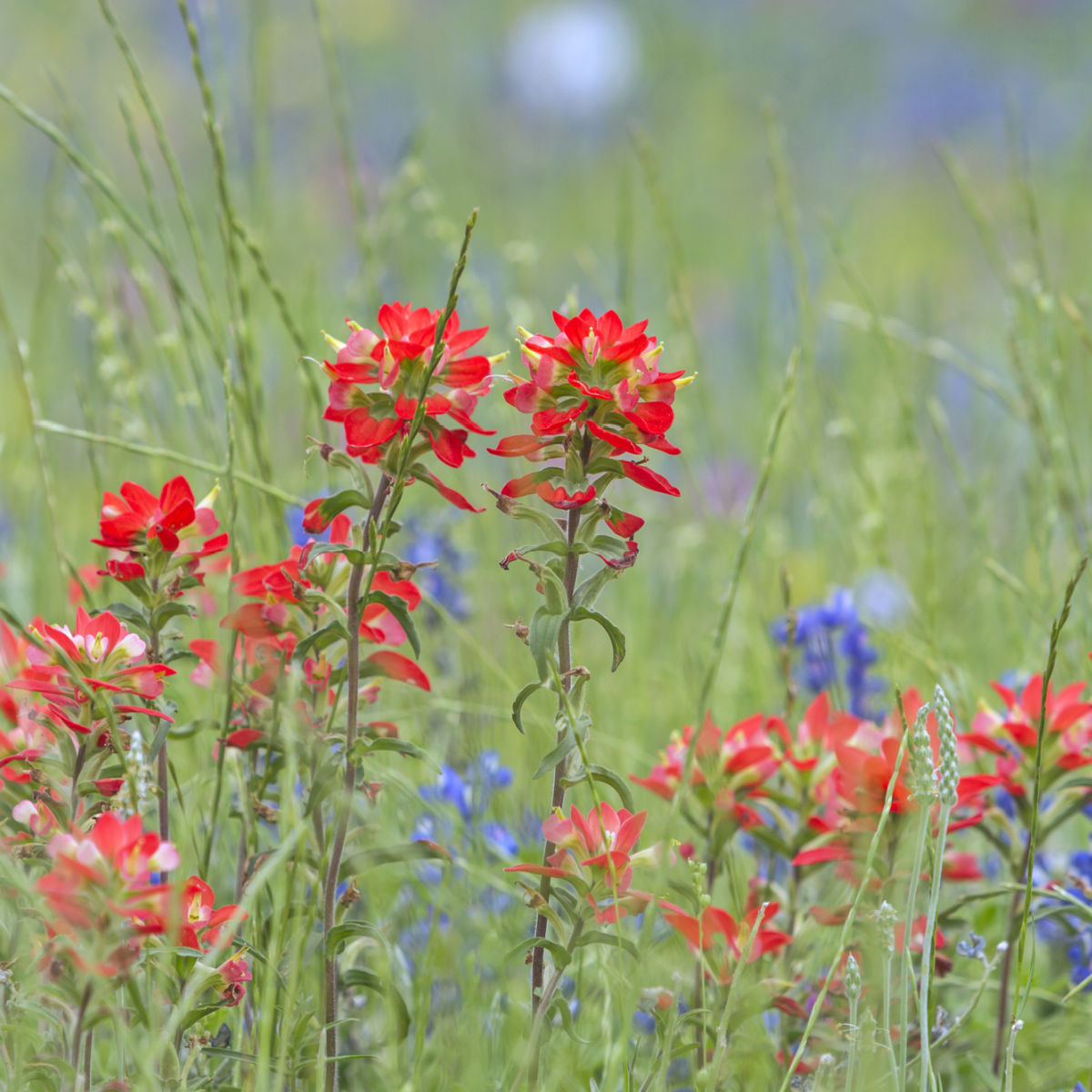Discover the Specific Plants That Are Detrimentally Influenced by Epsom Salt Application
Epsom salt, a preferred household remedy for different gardening issues, is usually praised for its advantageous impacts on plant growth. However, not all plants react favorably to its application. Understanding the particular plants that can be detrimentally influenced by Epsom salt is crucial for any type of gardener looking to optimize their plant care routine. Roses, tomatoes, rhododendrons, azaleas, and peppers are simply a couple of instances of plants that might not respond well to Epsom salt. The factors behind these damaging impacts and exactly how to minimize them are vital knowledge for maintaining a flourishing garden.
Roses

Roses, especially conscious changes in their atmosphere, can be adversely affected by the application of Epsom salt. While Epsom salt is generally utilized as a fertilizer to advertise plant growth and improve blooming, roses are one of the plants that do not react well to its application. The high magnesium material in Epsom salt can disrupt the uptake of various other essential nutrients by the rose plants, bring about shortages that materialize as yellowing fallen leaves or stunted development.

Tomatoes
While Epsom salt is typically touted as a solution for various plant concerns, including bloom end rot in tomatoes, its application can lead to harmful end results if not used deliberately. Excessive Epsom salt, which is magnesium sulfate, can interrupt the fragile nutrient balance required by tomatoes, potentially leading to deficiencies in various other crucial nutrients like calcium. When considering the usage of Epsom salt on tomatoes, it is essential to adhere to recommended application rates and soil screening to stop unintended repercussions on the total wellness and efficiency of these precious yard plants.
Peppers
Peppers, revered for their numerous colors and levels of spiciness, can show susceptibility to negative effects from Epsom salt when not used with care and consideration for their specific dietary requirements. what plants don't like epsom salt. Peppers, coming from the Solanaceae family, call for a delicate equilibrium of nutrients to thrive. While Epsom salt is understood to improve magnesium levels in plants, too much application can disrupt this equilibrium, bring about negative effects on pepper plants
When peppers are exposed to high degrees of magnesium from Epsom salt, it can disrupt the plant's capability to take in other necessary nutrients like calcium and potassium. This imbalance may materialize in signs such as fallen leave staining, stunted growth, and decreased fruit production. Additionally, the extreme magnesium can change the soil pH, further aggravating nutrient uptake problems for peppers.

Rhododendrons
Given the level of sensitivity of particular plant varieties to inequalities triggered by Epsom salt, it is important to take into consideration the effect on Rhododendrons, which also need specific nutrient degrees to flourish. Rhododendrons are acid-loving plants that choose acidic soil conditions with a pH range between 4.5 and 6.0. Epsom salt, chemically called magnesium sulfate, can change the soil pH and interfere with the delicate balance of nutrients crucial for Rhododendron health and wellness.

To keep the optimum growth and health of Rhododendrons, it is critical to avoid the indiscriminate usage of Epsom salt and instead concentrate on offering the details acidic dirt problems and nutrients that these plants require for prospering.
Azaleas
These preferred flowering plants are usually located in parks, landscapes, and yards due to their charm and convenience. While Epsom salt is frequently utilized as a solution for magnesium deficiency in plants, its application to azaleas can have next page damaging effects.
Azaleas choose somewhat acidic soil problems, and an extra of magnesium from Epsom salt can interrupt this balance, leading to nutrient inequalities and possible toxicity issues. The incorrect application of Epsom salt can result in stunted development, yellowing of leaves, and total decline in the health of azaleas.
Conclusion
Finally, it is necessary to be mindful of the particular plants that can be detrimentally affected by the application of Epsom salt. Roses, tomatoes, peppers, azaleas, and rhododendrons are some examples of plants that might not take advantage of Epsom salt and might also endure damage. It is crucial to research study and recognize the needs of each plant types prior to using Epsom salt as a fertilizer to guarantee their wellness and well-being.
Comprehending the specific plants that can be negatively influenced by Epsom salt is important for any garden enthusiast looking to enhance their plant treatment regimen. While Epsom salt is generally used as a fertilizer to advertise plant development and improve flowering, roses are one of the plants that do not react well to its application.Extreme use of Epsom salt can additionally result in a build-up of salts have a peek here in the soil, leading to root damages and dehydration of the rose plants. While Epsom salt is known to boost magnesium degrees in plants, excessive application can interrupt this equilibrium, leading to negative results on pepper plants.
The high salt web content in Epsom salt can likewise dry out Rhododendron origins, causing further anxiety and damages to the plant. (what plants don't like epsom salt)